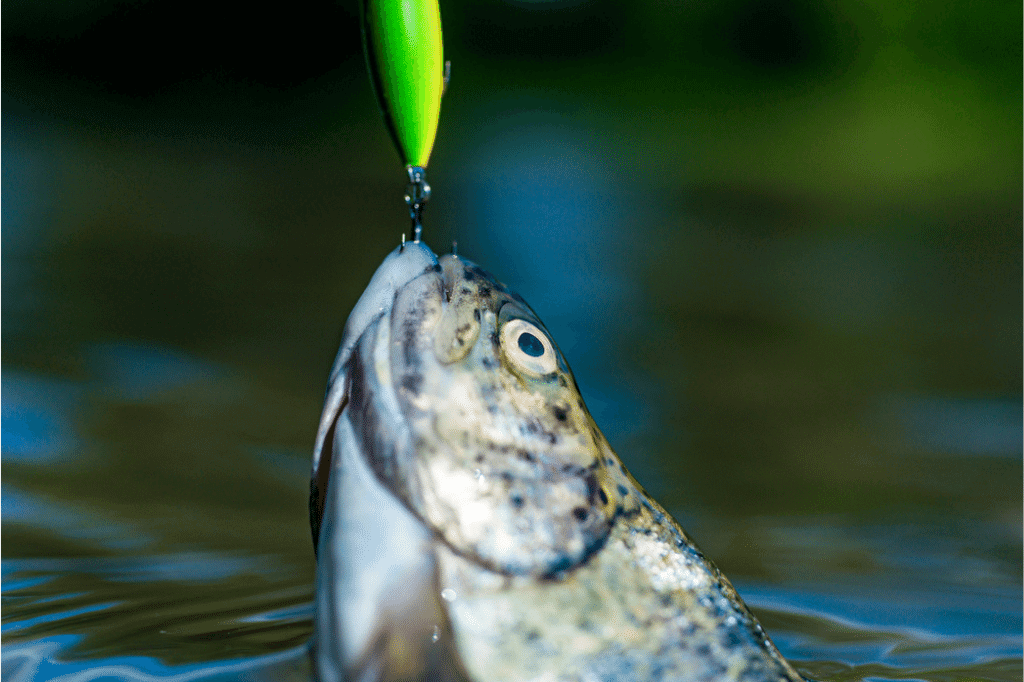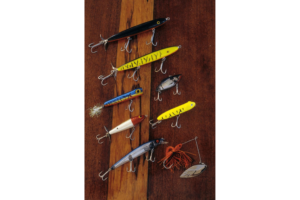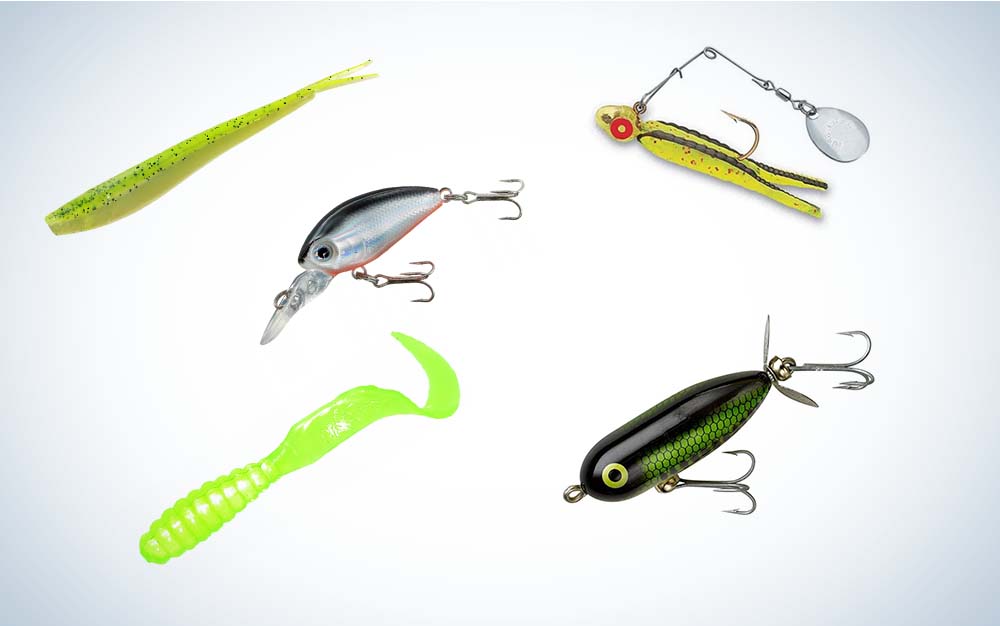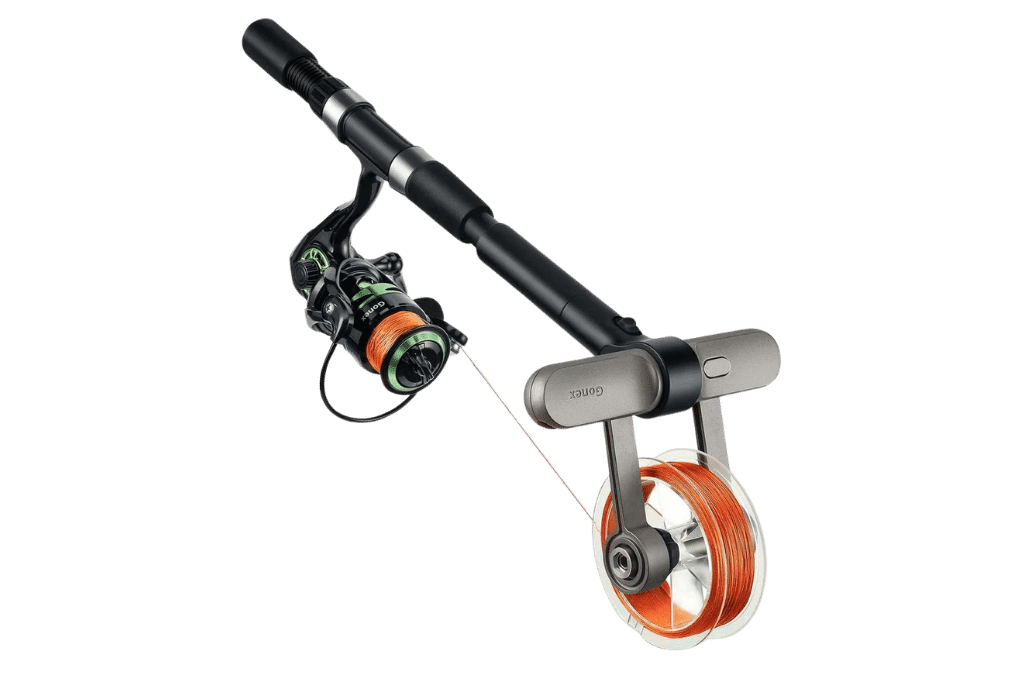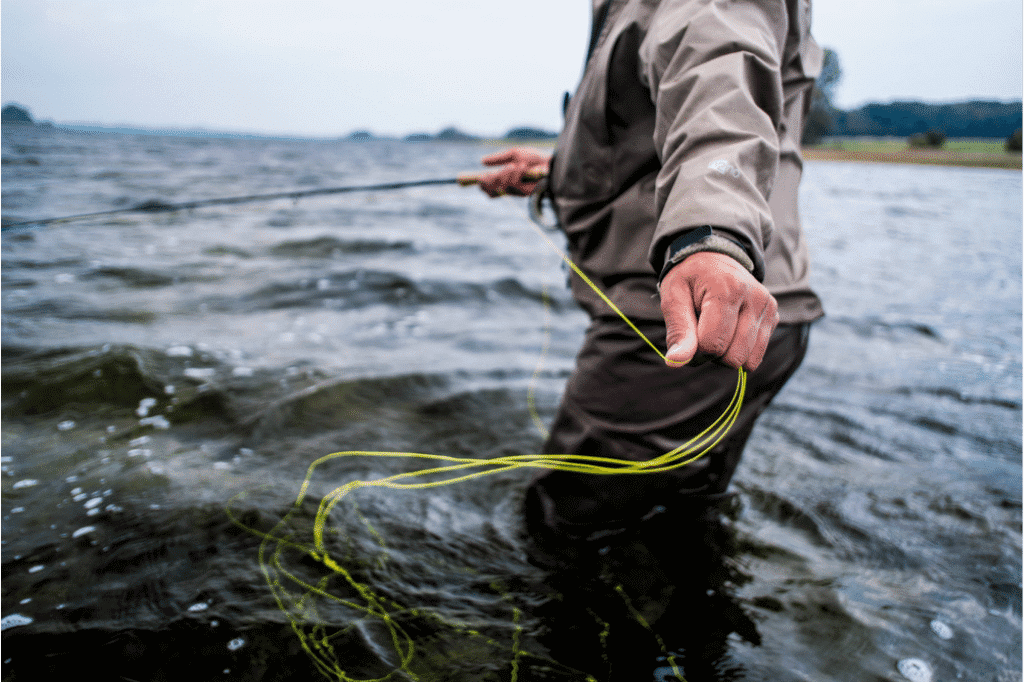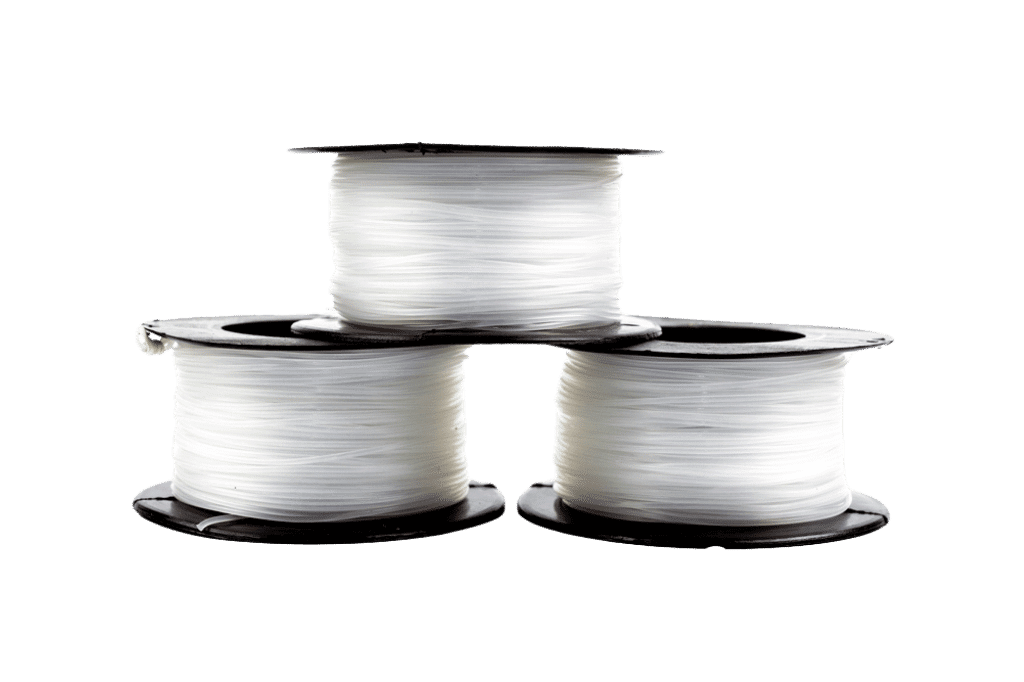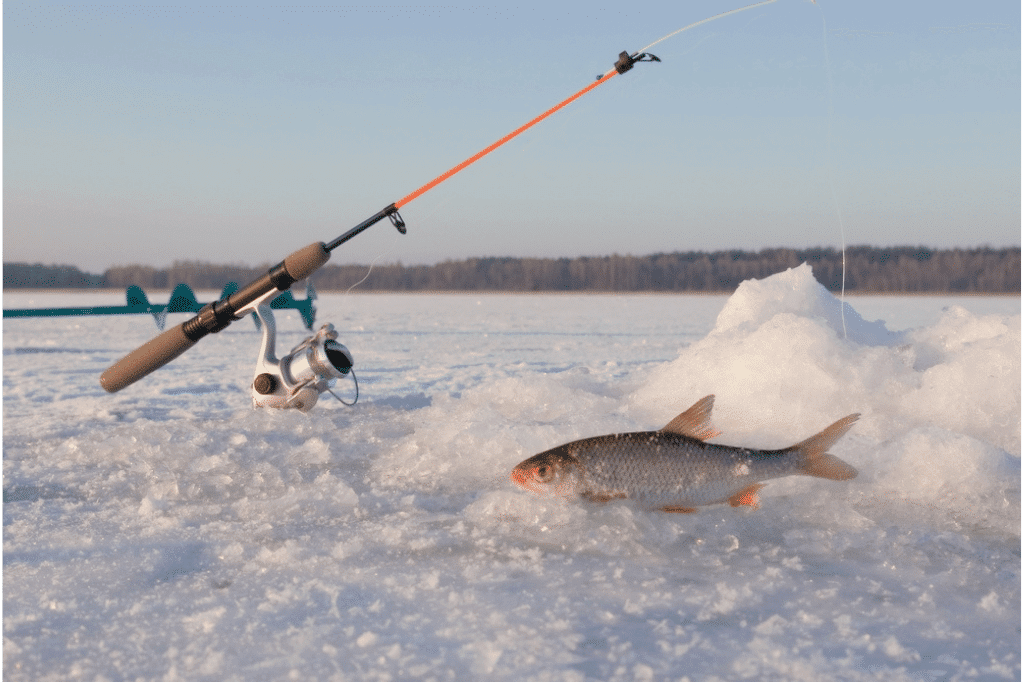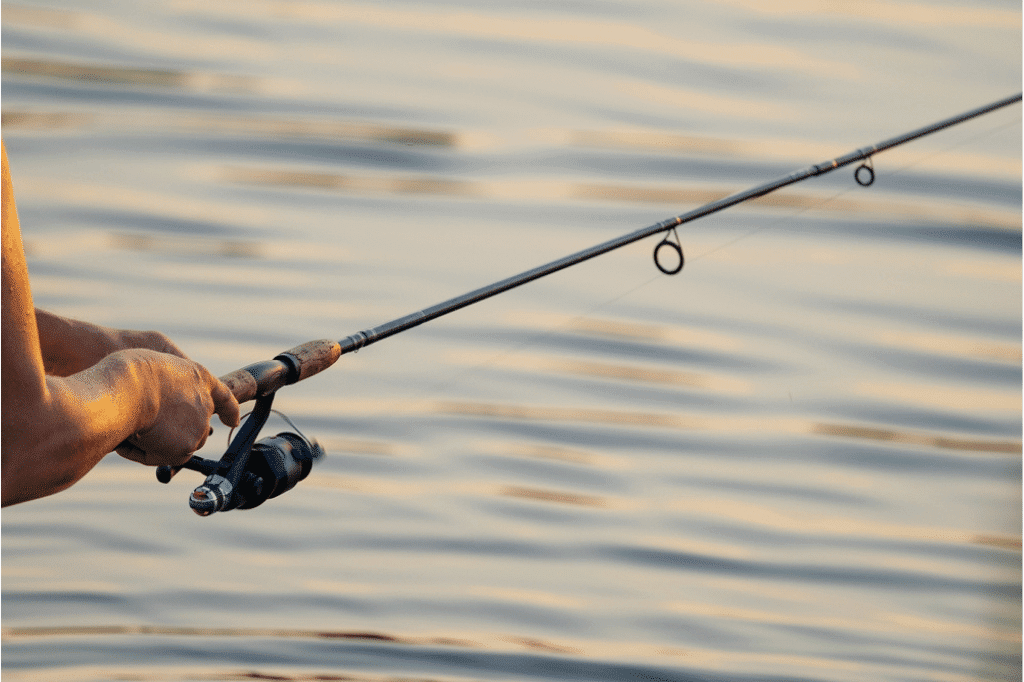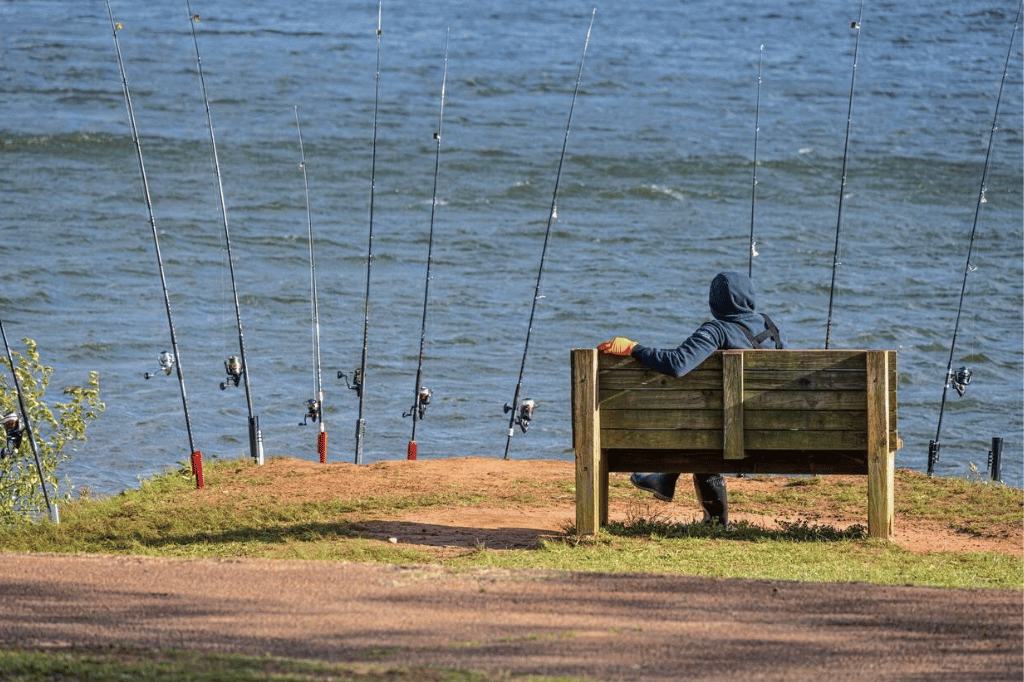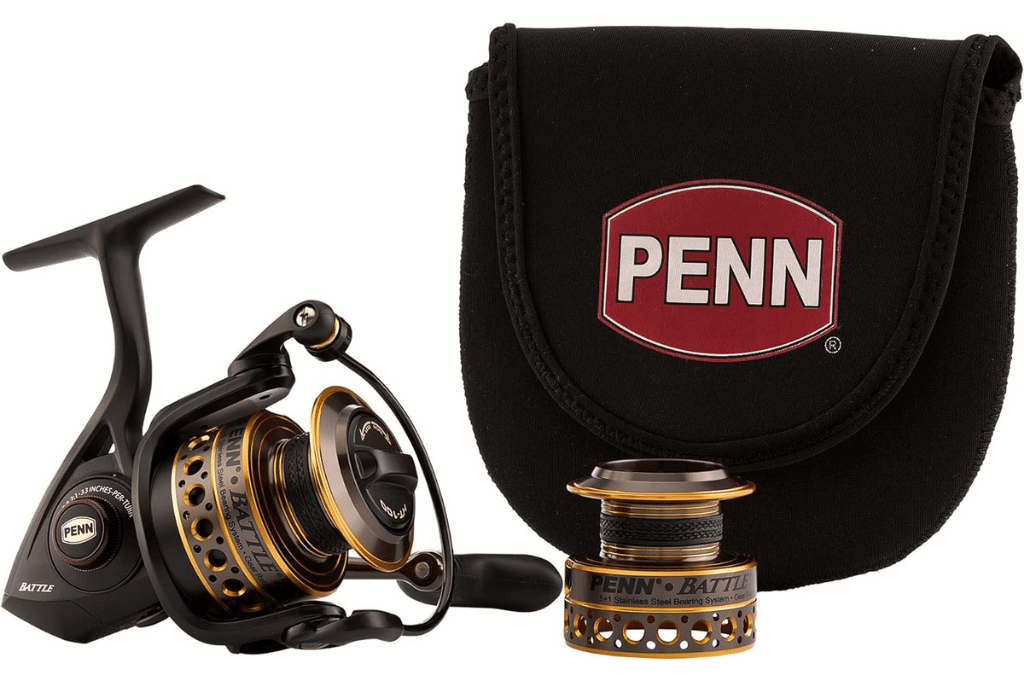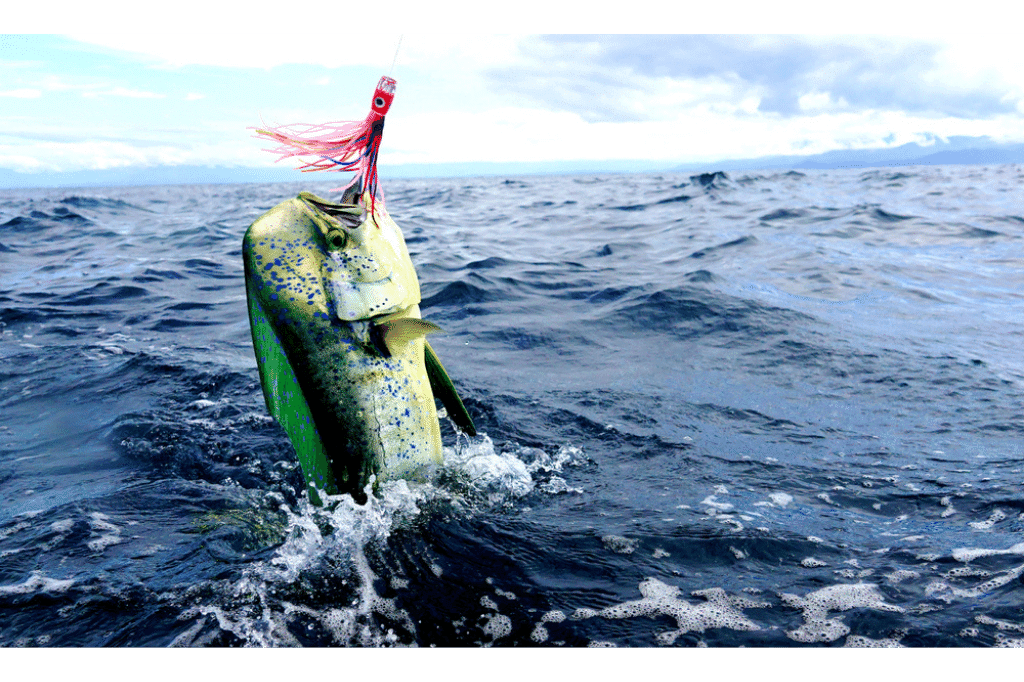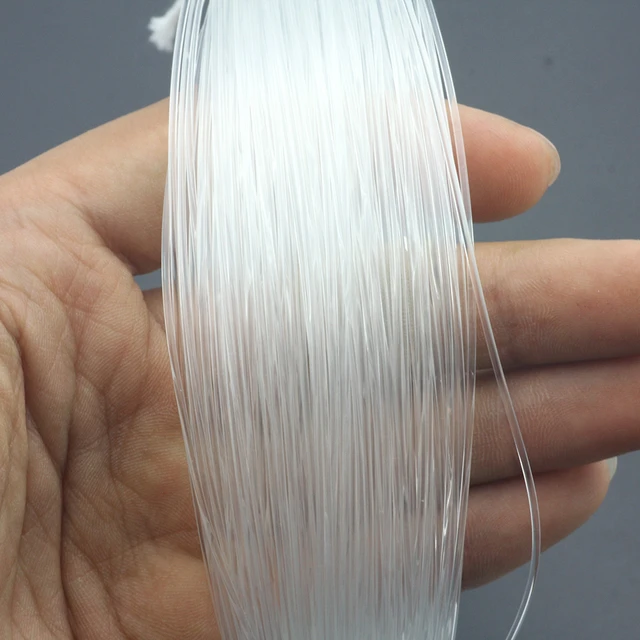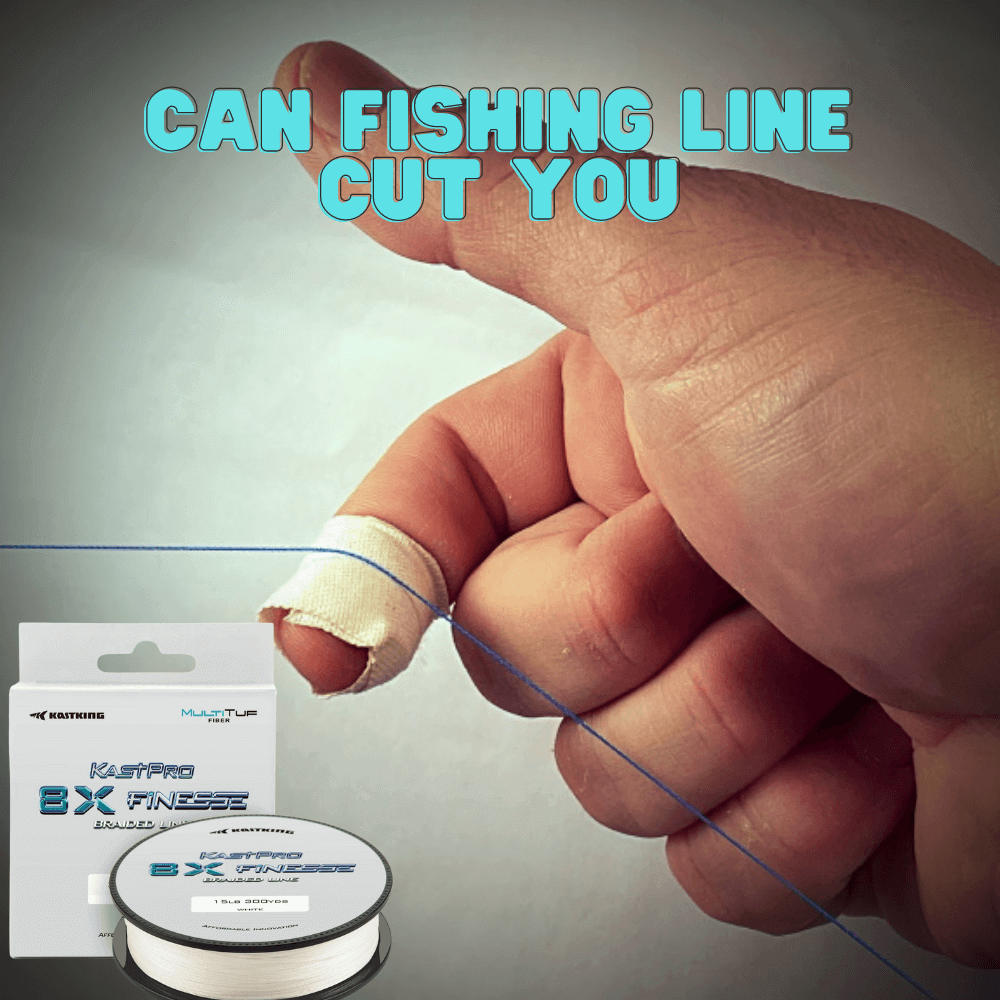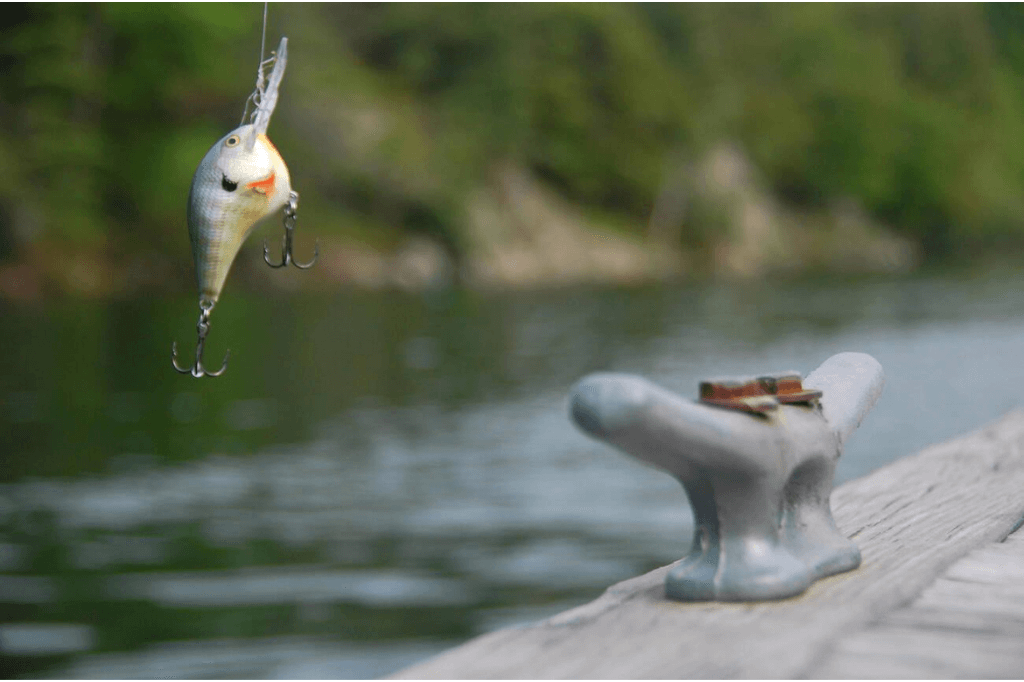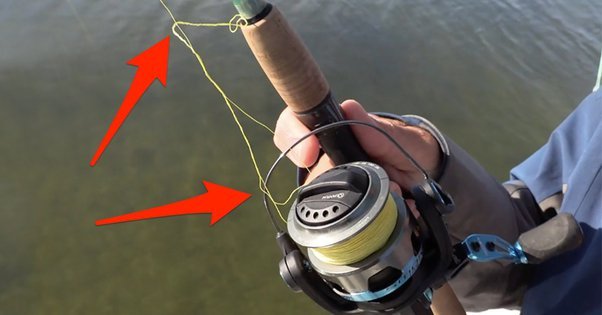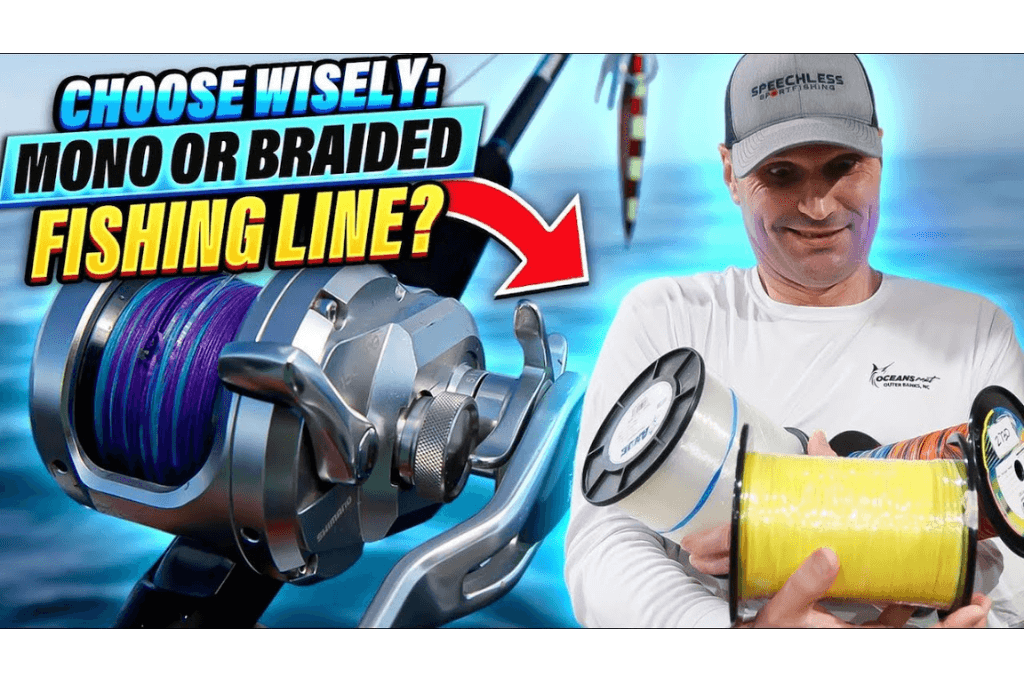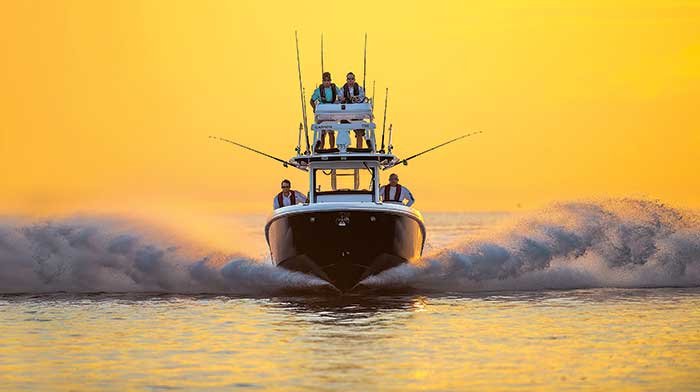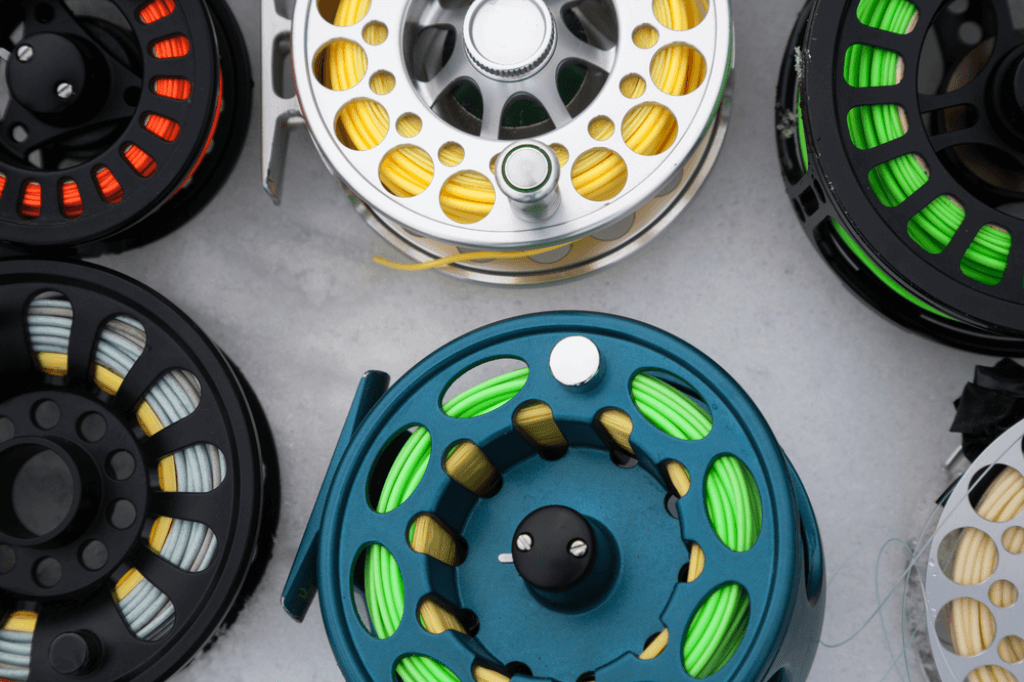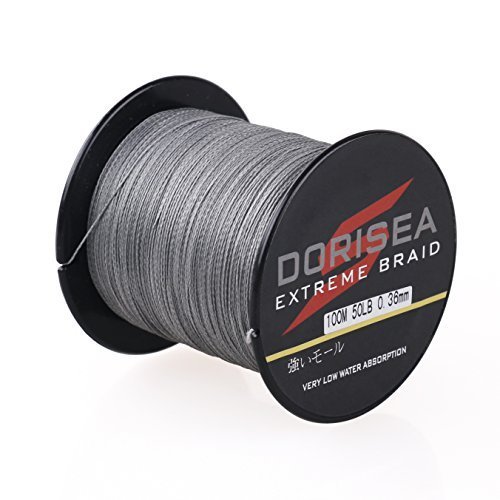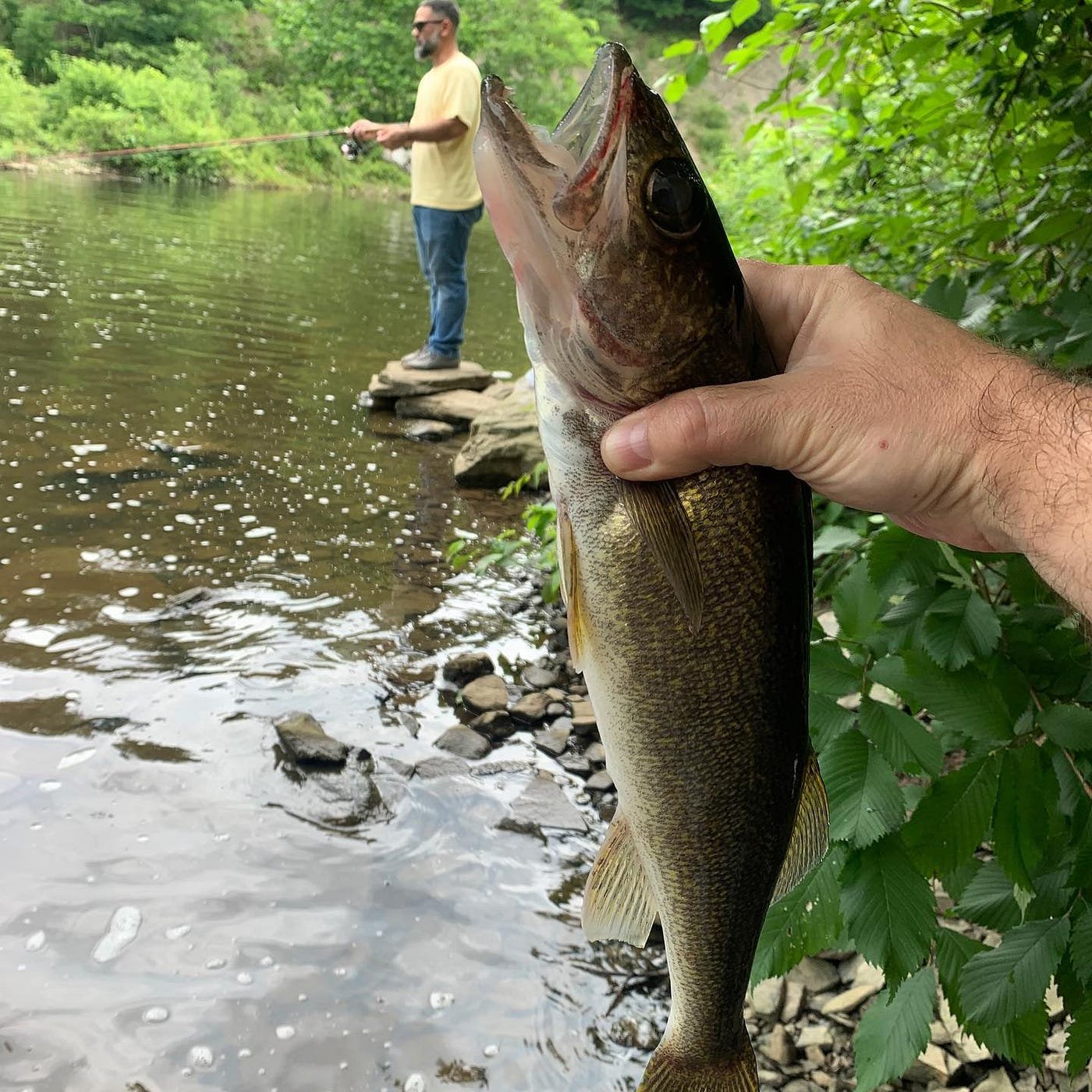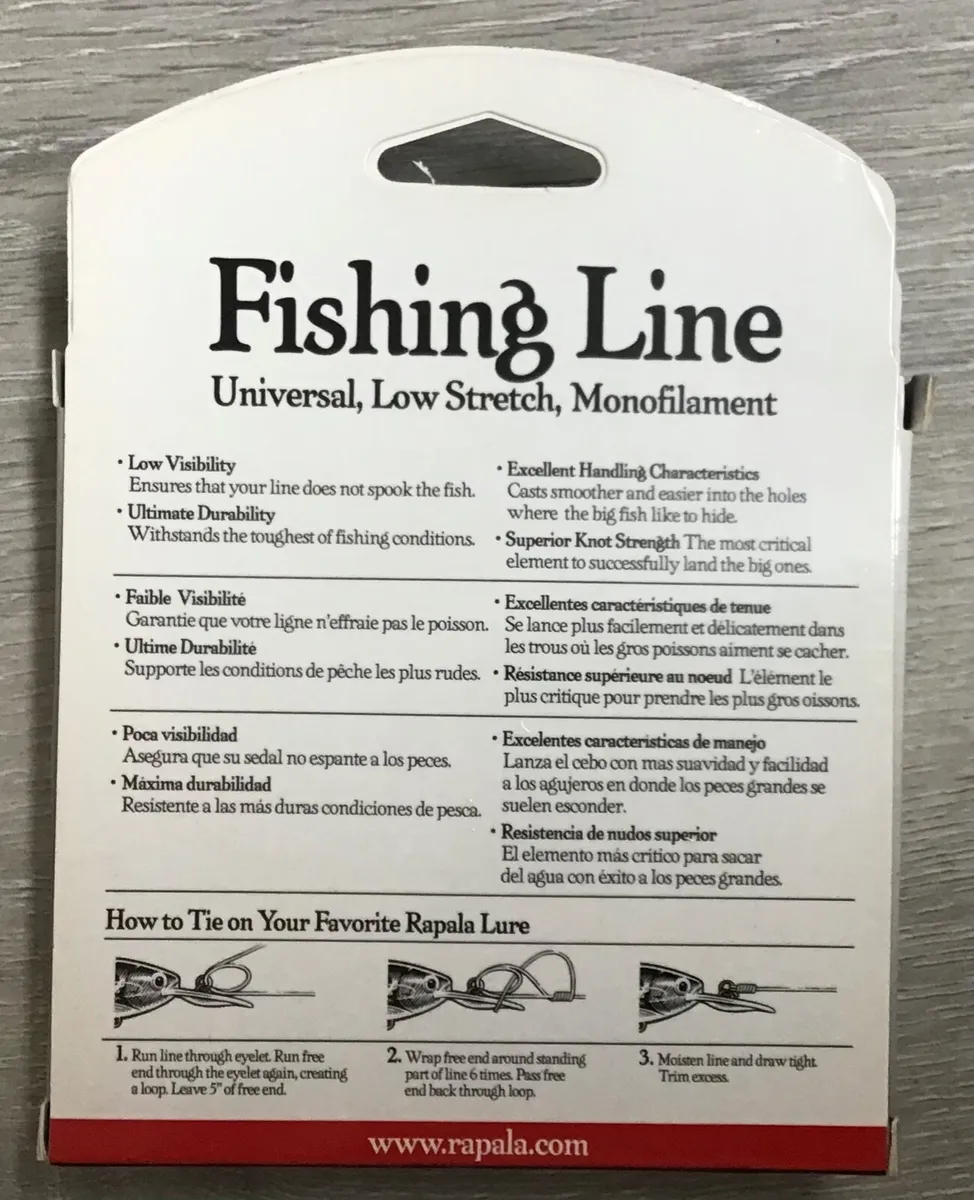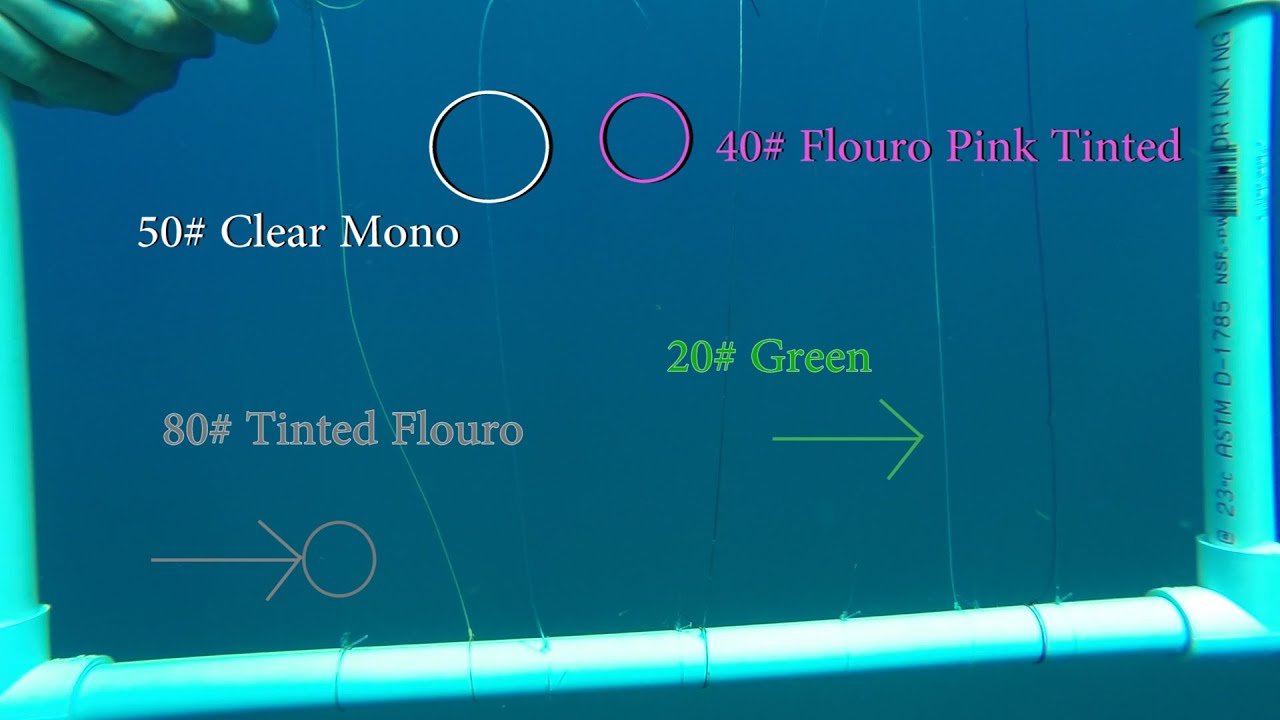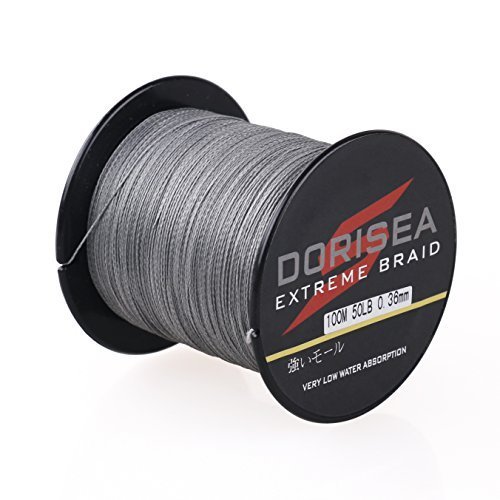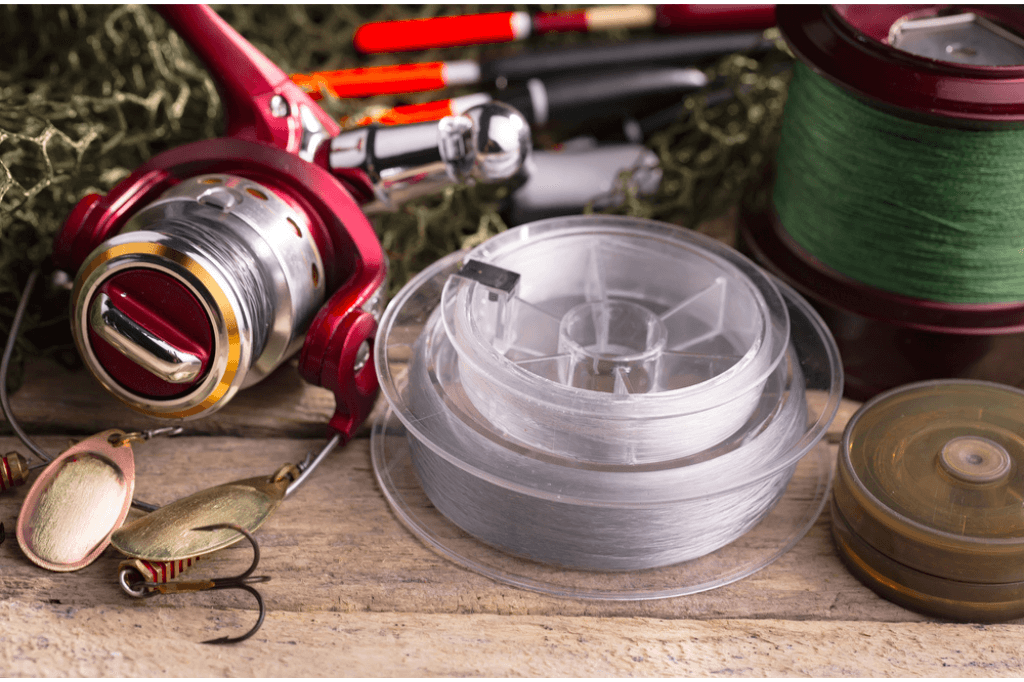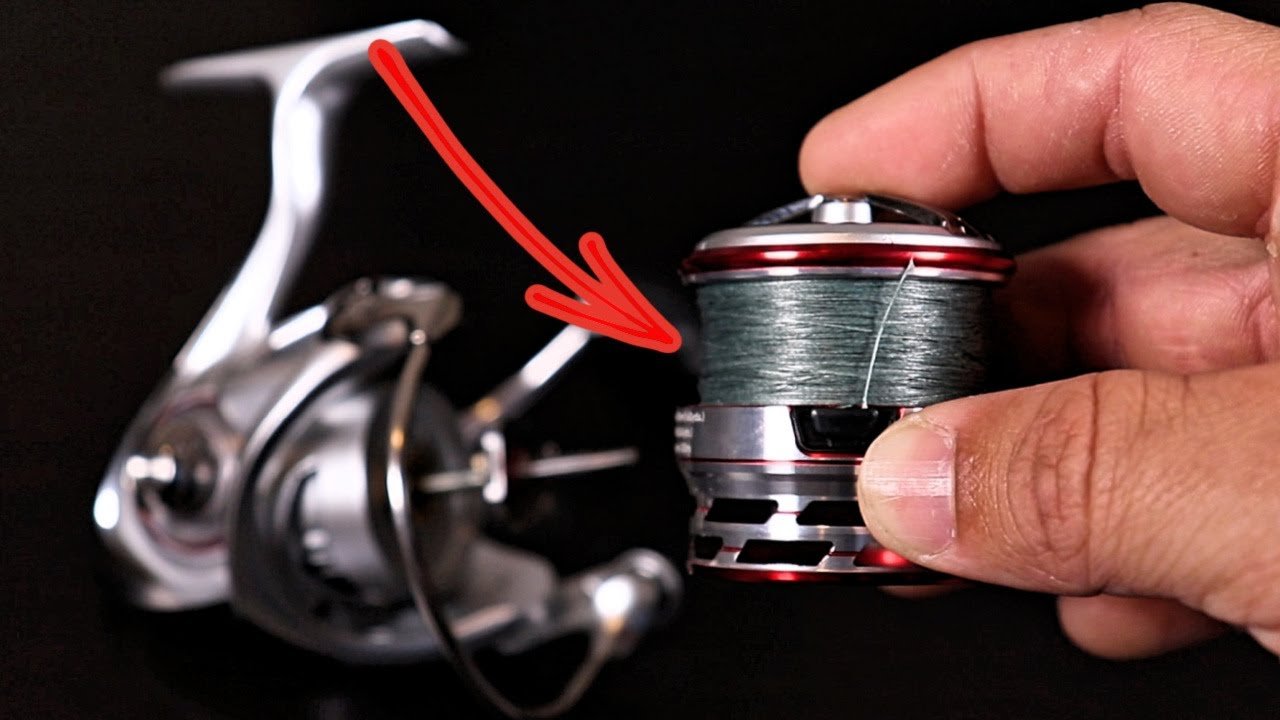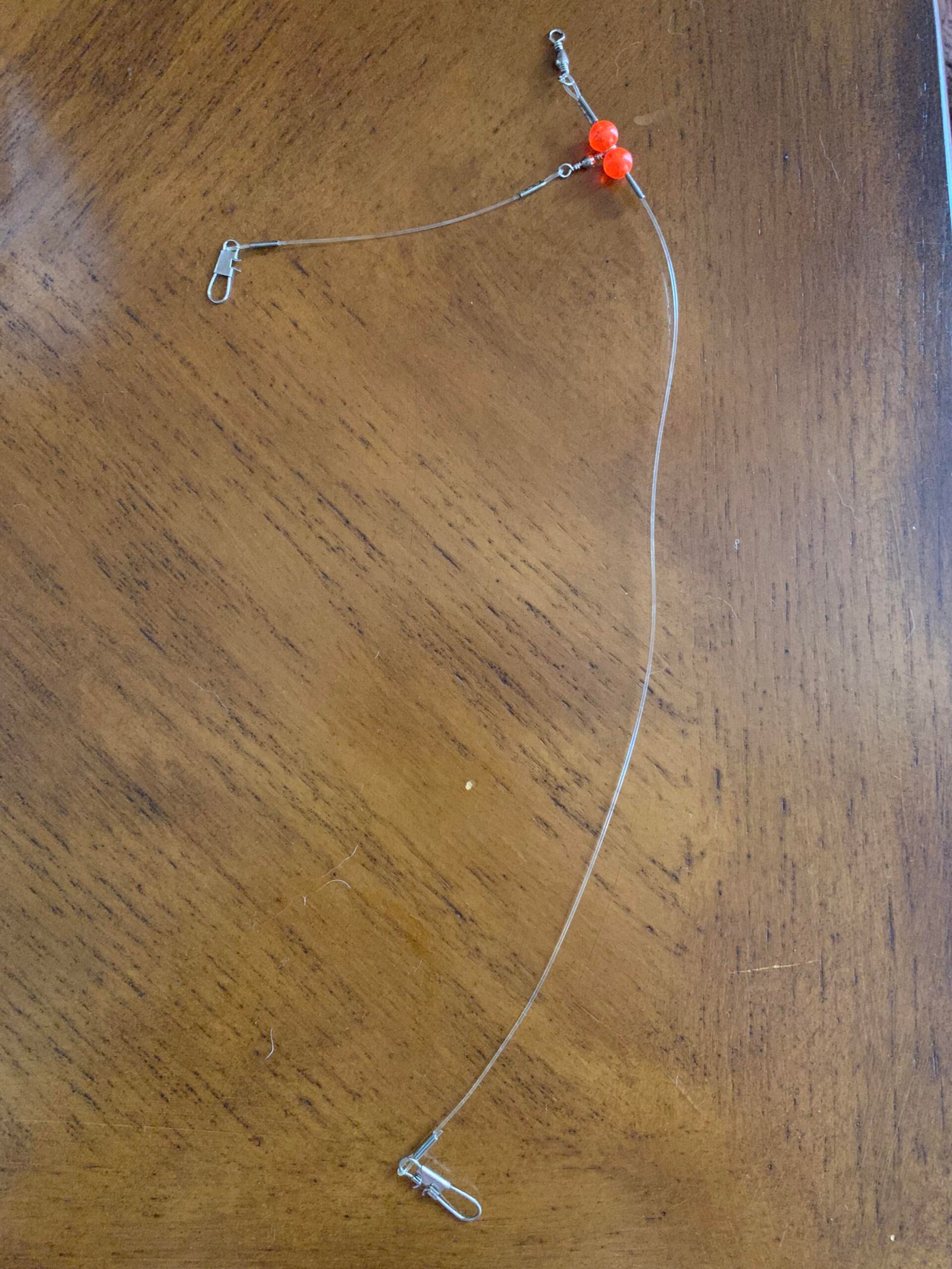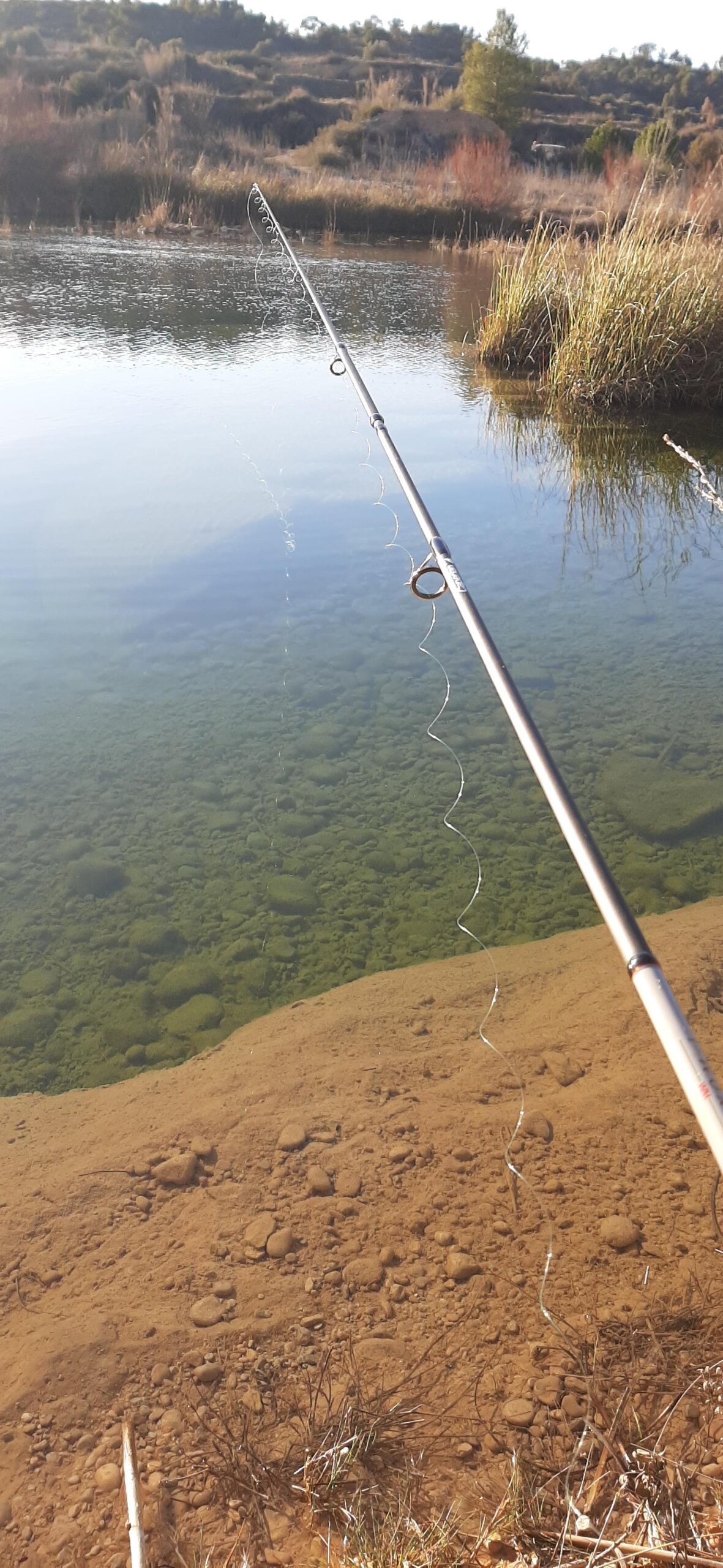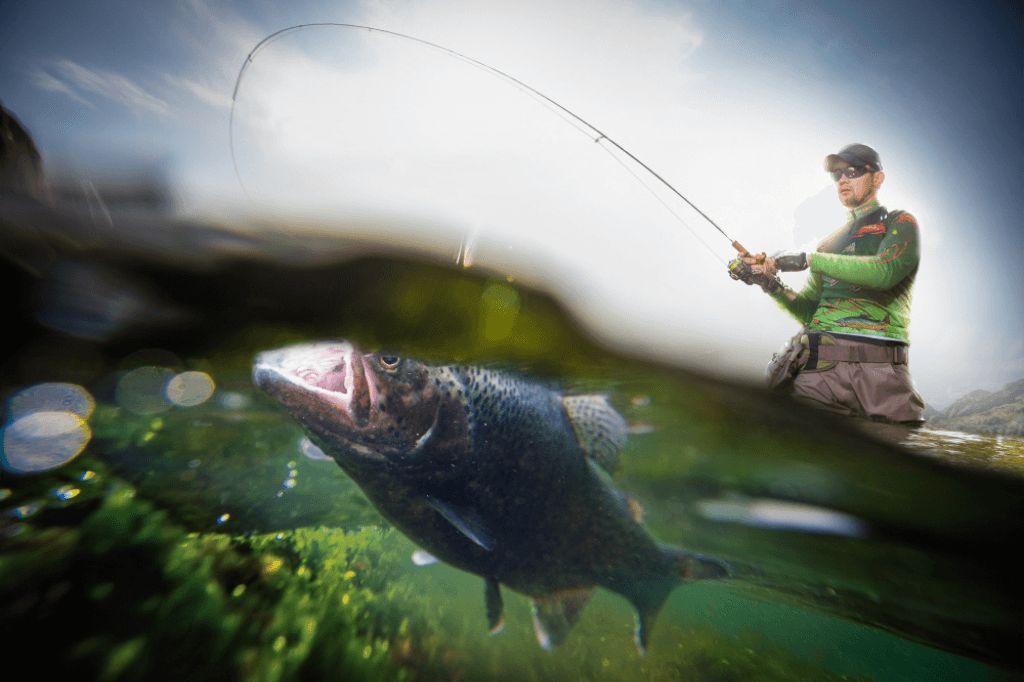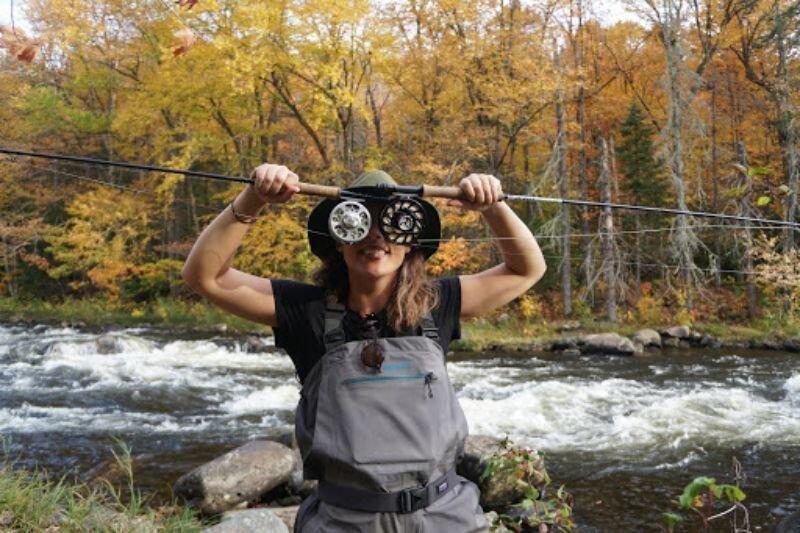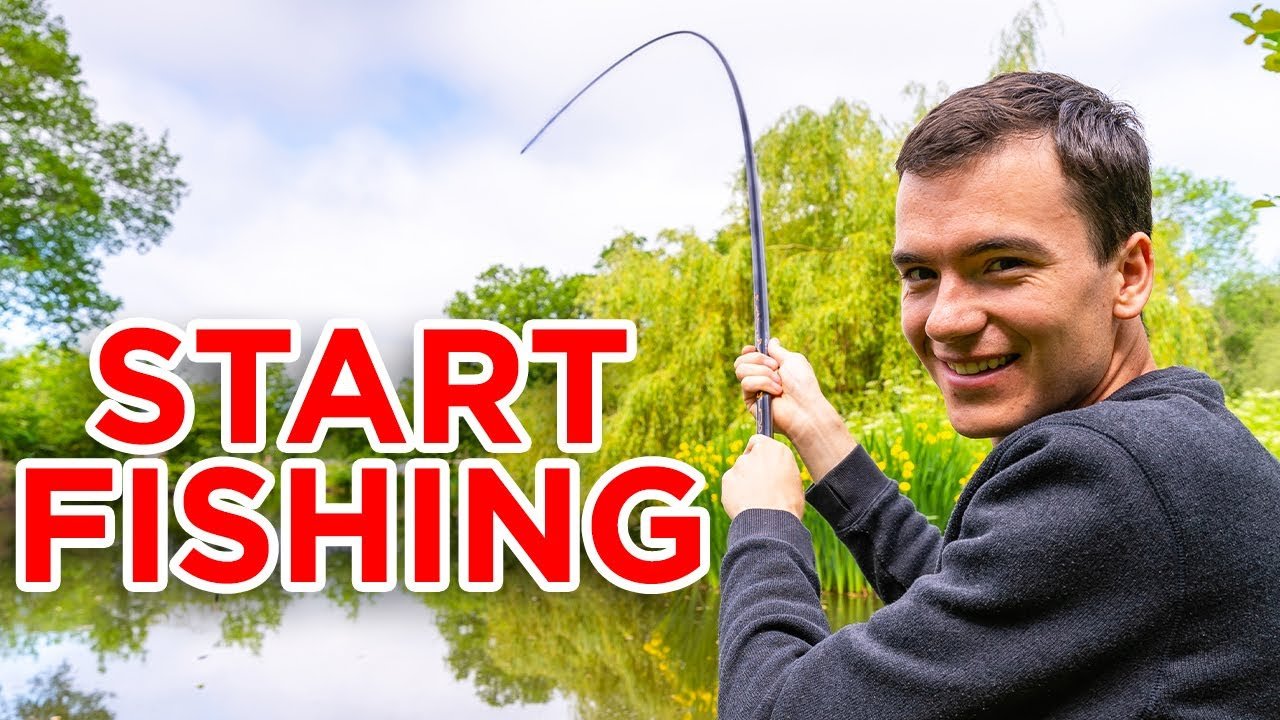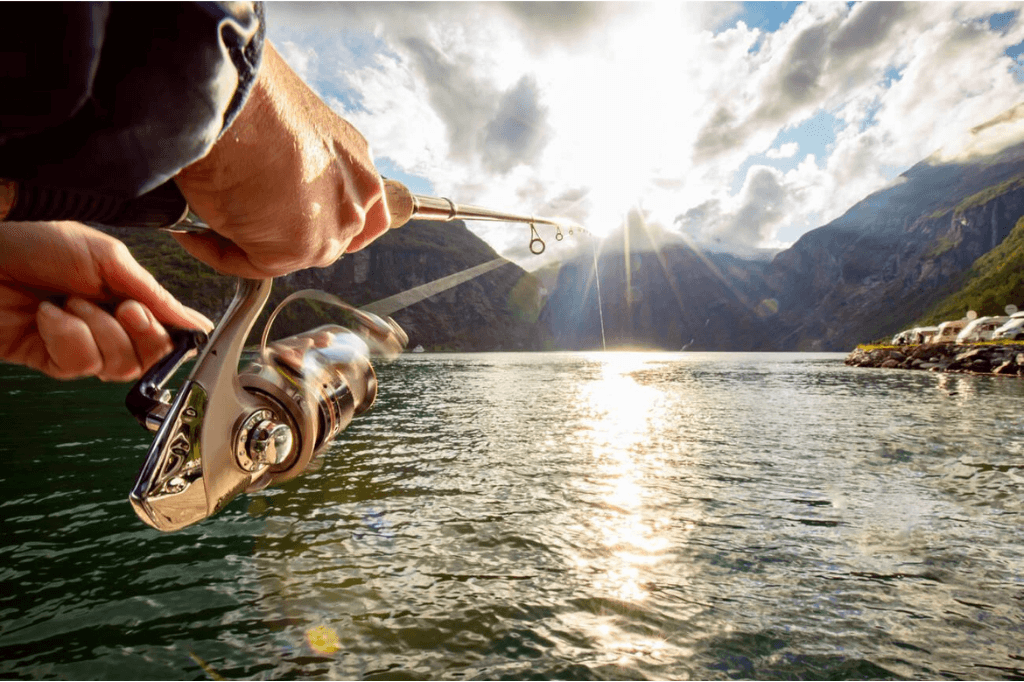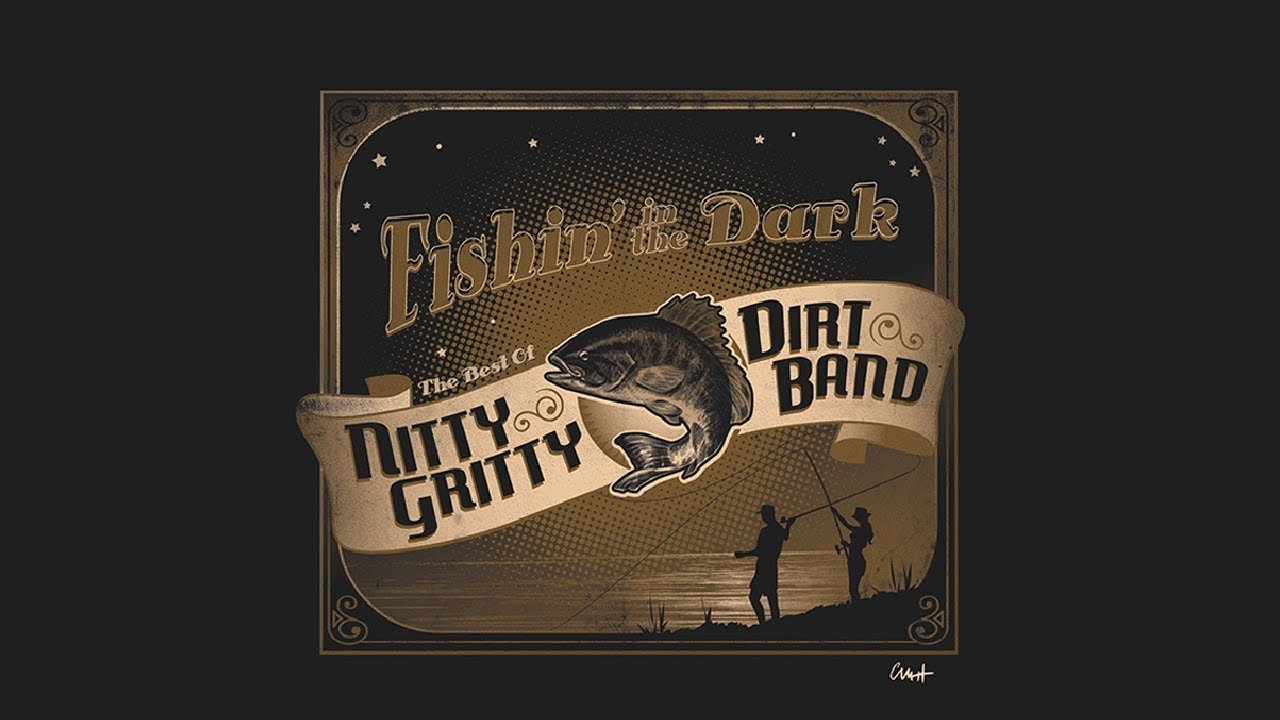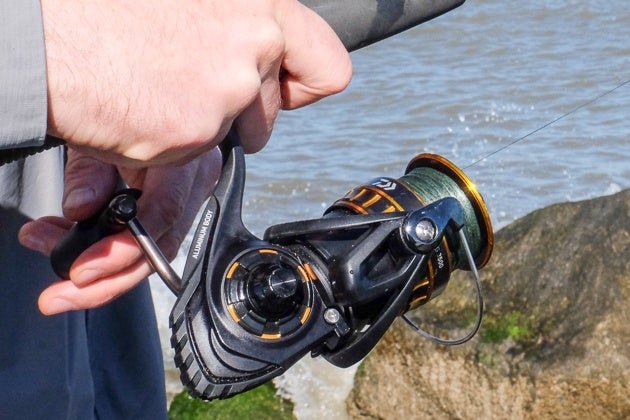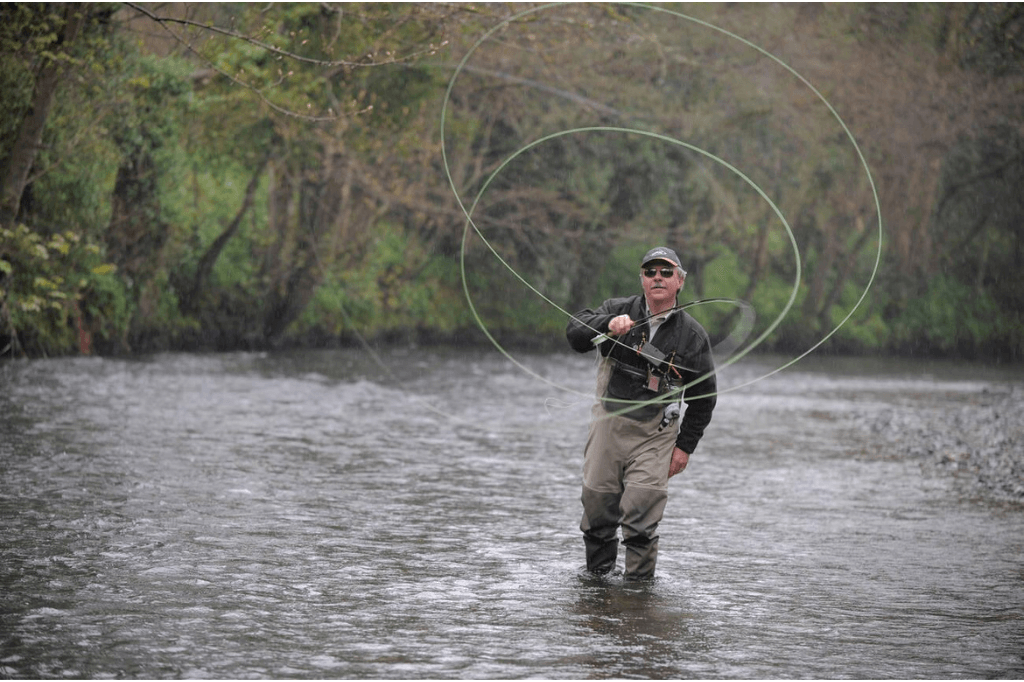Smallmouth bass are known for their aggressive behaviour and fighting spirit, making them a favourite among anglers. Choosing the right lure can significantly increase your chances of a successful catch. Crankbaits, soft plastics, and jigs are the top choices because they effectively imitate the smallmouth’s natural food sources like minnows, crayfish, and insects.
Crankbaits create vibrations that attract bass, while soft plastics offer realistic movement. Jigs are versatile and can be used in various water conditions. By understanding the preferences of smallmouth bass and using these lures, anglers can enhance their fishing experience and success rate.
Introduction To Smallmouth Bass Lures Fishing
Smallmouth bass fishing is an exciting and rewarding outdoor activity. These fish are known for their feisty nature and strong fights. This makes them a favourite among anglers. Understanding their habitats and behaviours is crucial for a successful fishing trip. Choosing the right lure can make all the difference in catching these prized fish.
Habitats And Behaviours
Smallmouth bass prefer clear, cool waters. They thrive in rivers, lakes, and reservoirs. They are often found near rocky areas, submerged logs, and weed beds. These fish are most active during early morning and late afternoon. They feed on a diet of crayfish, insects, and smaller fish.
Knowing the habits of smallmouth bass helps in selecting the right lures. During warm months, they move to deeper waters. In cooler temperatures, they come closer to the shore. Their behaviour changes with the seasons, making it important to adjust your fishing strategy.
Why Lure Choice Matters
Choosing the right lure is vital for smallmouth bass fishing. The right lure can mimic the natural prey of the fish. This increases your chances of a successful catch. There are different types of lures, each suited for specific conditions and times of the year.
Here are some popular lures for smallmouth bass:
- Crankbaits: These lures mimic the movement of small fish. They are effective in both shallow and deep waters.
- Jigs: Jigs are versatile and can be used in various water conditions. They work well near rocky areas and submerged structures.
- Spinnerbaits: Spinnerbaits create vibrations that attract smallmouth bass. They are ideal for murky waters.
- Soft Plastics: These lures mimic the appearance of crayfish and worms. They are effective in clear waters.
Using the right lure increases your chances of catching smallmouth bass. Experimenting with different lures can help you find the most effective one for your fishing spot.
Anatomy Of A Lure
Understanding the anatomy of a lure is essential for any angler targeting smallmouth bass. Each part of the lure serves a specific purpose. Knowing these can enhance your fishing experience. Let’s dive into the key components and the action and presentation of smallmouth bass lures.
Components And Materials
Each lure consists of several components. These include the body, hooks, split rings, and often a skirt or tail.
| Component | Material | Description |
|---|---|---|
| Body | Plastic, Wood, Metal | The main part of the lure, shapes and colors attract fish. |
| Hooks | Steel, Carbon | They catch and hold the fish. |
| Split Rings | Stainless Steel | Connect hooks to the body. |
| Skirt or Tail | Rubber, Feather | Simulates fish movement, adds realism. |
Action And Presentation
The action of a lure refers to how it moves in the water. This is crucial for attracting smallmouth bass.
- Crankbaits: They wobble and dive, mimicking small prey fish.
- Spinnerbaits: Their spinning blades create flashes and vibrations.
- Jigs: They can be hopped along the bottom, imitating crawfish or injured baitfish.
Presentation involves how you use the lure. This includes the speed, depth, and technique.
- Slow Retrieve: For colder water or inactive fish.
- Fast Retrieve: For active fish in warmer water.
- Popping: Creates surface disturbance, attracts attention.
Choosing the right combination of action and presentation can make a significant difference. This ensures you have more bites and successful catches.
Top Lure Categories
Discovering the perfect lure can significantly enhance your fishing experience. Smallmouth bass are known for their aggressive strikes and fighting spirit. Using the right lure can make all the difference. Let’s dive into the top lure categories that consistently yield results.
Crankbaits
Crankbaits are a favourite among anglers targeting smallmouth bass. These lures mimic the movement of baitfish and can be used in various water depths. There are two main types:
- Shallow-diving crankbaits: Ideal for fishing in waters up to 5 feet deep.
- Deep-diving crankbaits: Effective in deeper waters, often reaching depths of 15 feet or more.
Crankbaits come in various colours. Bright colours work well in murky waters, while natural colours are best for clear waters.
Soft Plastics
Soft plastics are versatile and come in many shapes and sizes. They can mimic worms, crawfish, or other prey. Popular types include:
- Worms: Great for slow presentations.
- Crawfish: Effective in rocky areas where bass hunt for prey.
- Swimbaits: Mimic the movement of small fish.
Using different rigging techniques like Texas rig, Carolina rig, or drop shot can enhance their effectiveness.
Top water Lures
Top water lures create exciting surface action. They are perfect for early morning or late evening fishing. Popular choices include:
- Poppers: Create a splashing noise that attracts bass.
- Frogs: Imitate the movement of a frog on the surface.
- Walk-the-dog lures: Zigzag on the surface, enticing strikes.
Top water lures are thrilling to use because you can see the bass strike the lure.
Spinnerbaits
Spinnerbaits are excellent for covering water quickly. They feature one or more blades that spin, creating flash and vibration. Key types include:
- Willow blades: Produce less vibration but more flash.
- Colorado blades: Create more vibration, ideal for murky waters.
- Double-bladed spinnerbaits: Combine the benefits of both blade types.
Spinnerbaits are effective in various conditions and can be used around weeds, rocks, and open water.
| Lure Type | Best Conditions | Key Features |
|---|---|---|
| Crankbaits | Various depths | Mimics baitfish, various colours |
| Soft Plastics | Versatile | Various shapes and rigging techniques |
| Top water Lures | Surface action | Exciting strikes, various types |
| Spinnerbaits | Covering water | Flash and vibration, various blades |
Crankbaits For Smallmouth
Crankbaits are a popular choice for catching smallmouth bass. These lures are effective and versatile. They mimic the movement of small fish and other prey. In this section, we will discuss important aspects of crankbaits for smallmouth bass.
Choosing The Right Depth
Choosing the right depth is crucial. Crankbaits come in various depths. These range from shallow to deep-diving lures.
Here’s a simple table to help you choose:
| Depth Range | Best Use |
|---|---|
| Shallow (0-5 feet) | Great for early morning or late evening |
| Medium (5-10 feet) | Best for mid-day fishing |
| Deep (10+ feet) | Ideal for hot summer days |
Using the right depth can make your fishing trip successful. It helps you reach the fish where they are.
Colour Patterns And Water Clarity
Colour patterns are essential for crankbait success. The right colour can attract more fish.
Water clarity plays a big role in choosing colour. Here’s a simple guide:
- Clear Water: Use natural colours like silver or shad.
- Stained Water: Bright colours like chartreuse or orange work well.
- Muddy Water: Dark colours like black or blue are best.
Always consider water clarity. It helps you pick the right crankbait colour.
Soft Plastics: Versatile Choices
Soft plastics are a great choice for catching smallmouth bass. They are versatile and mimic various prey. Anglers often use them because they are effective and easy to use. Let’s dive into some popular soft plastics: worms, creature baits, and tube baits.
Worms And Creature Baits
Worms are a classic choice for bass fishing. They come in many shapes and sizes. Most anglers prefer using soft plastic worms because they look like real worms. You can rig them in different ways:
- Texas rig: This rig hides the hook in the worm, making it weedless.
- Carolina rig: This rig allows the worm to float above the weight.
- Wacky rig: This rig hooks the worm in the middle, giving it a unique motion.
Creature baits are designed to mimic small animals like crawfish or lizards. They have multiple appendages that move in the water, attracting bass. Anglers like to use creature baits in heavy cover areas. These baits can be rigged similarly to worms.
Tube Baits Tactics
Tube baits are hollow and look like small fish or crayfish. They are popular for catching smallmouth bass. Here are some effective tactics:
- Dragging: Drag the tube bait along the bottom to mimic a crayfish.
- Jigging: Lift and drop the tube bait to imitate a dying fish.
- Swimming: Retrieve the tube bait steadily to look like a swimming fish.
| Type | Best Rig | Ideal Conditions |
|---|---|---|
| Worms | Texas Rig | Weedy areas |
| Creature Baits | Carolina Rig | Heavy cover |
| Tube Baits | Dragging | Rocky bottoms |
Using soft plastics can make your fishing trip successful. Worms, creature baits, and tube baits are all excellent choices. Experiment with different rigs and techniques to find what works best for you.
Top water Techniques
Fishing for smallmouth bass with top water lures is an exhilarating experience. The sight of a bass breaking the surface to strike your lure is unmatched. These techniques can increase your chances of catching these aggressive fish.
Surface Lures For Exciting Strikes
Surface lures create a commotion on the water’s surface. This attracts the bass. These lures are perfect for fishing in shallow waters. They mimic the movements of small fish or insects. This triggers the bass’s predatory instincts.
Popular surface lures include:
- Walk-the-dog lures
- Buzz baits
- Frogs
Walk-the-dog lures are designed to zigzag on the water surface. This action mimics a fleeing baitfish. Buzz baits have spinning blades that create a buzzing sound. This can drive bass wild. Frog lures mimic the movement of a frog. These are ideal for fishing in weedy areas.
Poppers And Prop Baits
Poppers are a type of surface lure that creates a popping sound. This sound is made by the concave mouth of the lure. Poppers are effective in calm waters. The popping noise attracts the attention of bass from a distance.
Prop baits have small propellers attached. These propellers create splashes and vibrations. This mimics the action of a struggling baitfish. Prop baits are versatile and can be used in various water conditions.
| Lure Type | Best Conditions | Action |
|---|---|---|
| Walk-the-dog | Shallow, open water | Zigzag |
| Buzz bait | Weedy areas | Buzzing |
| Frog | Thick vegetation | Hopping |
| Popper | Calm waters | Popping |
| Prop Bait | Various conditions | Splashes and vibrations |
Using these top water techniques can significantly improve your chances of catching smallmouth bass. Experiment with different lures and actions to find what works best in your fishing spot.
Spinnerbaits And Their Magic
Spinnerbaits are a favourite among anglers. Their unique design and versatility make them effective for catching smallmouth bass. Let’s explore why they are so magical.
Blade Types And Effects
Spinnerbaits come with different blade types. Each type creates a unique effect in the water. The two most common blade types are Willow Leaf and Colorado.
| Blade Type | Effect |
|---|---|
| Willow Leaf | Produces less vibration but more flash. Ideal for clear water. |
| Colorado | Creates more vibration and thumping. Best for murky water. |
Retrieval Speed And Rhythm
The speed at which you retrieve your spinnerbait matters. Slow retrieval is excellent for cold water. It allows the bait to stay longer in the strike zone.
Fast retrieval works well in warmer water. It triggers the instinctive strikes from active bass.
Rhythm is also key. A steady retrieve mimics a swimming baitfish. A stop-and-go technique can mimic a wounded prey, making it irresistible to bass.
- Slow retrieval: Best for cold water.
- Fast retrieval: Effective in warm water.
- Steady retrieve: Mimics swimming baitfish.
- Stop-and-go: Mimics a wounded prey.
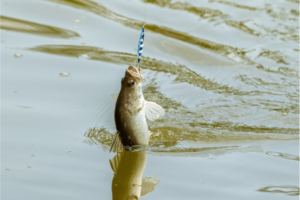
Seasonal Strategies
Understanding the seasonal behaviour of smallmouth bass can greatly enhance your fishing success. Each season presents unique challenges and opportunities. Using the right lures during different times of the year will boost your chances of landing these prized fish. Let’s dive into the best strategies for each season to catch smallmouth bass.
Spring And Fall Patterns
Spring and fall are prime times for smallmouth bass fishing. The water temperatures are ideal, making the bass more active and willing to bite. During these seasons, focus on using lures that mimic the natural prey in the water.
- Jerk baits: Their erratic movement can trigger aggressive strikes.
- Crankbaits: Use shallow to medium divers that resemble baitfish.
- Spinnerbaits: Their flash and vibration attract bass from a distance.
In spring, target areas near spawning beds. In fall, look for bass near drop-offs and rock piles.
Summer Tactics
Summer brings warmer water temperatures, which can make smallmouth bass less active during the day. Early morning and late evening are the best times to fish. Choose lures that can provoke a reaction strike.
- Top water Lures: Poppers and walking baits can be very effective.
- Soft Plastics: Use worms or creature baits rigged Texas-style.
- Jigs: Work well in deeper water or around structure.
Focus on shaded areas, underwater structures, and deeper water where bass seek cooler temperatures.
Winter Challenges
Winter fishing for smallmouth bass can be tough due to cold water temperatures. Bass become lethargic and less likely to chase fast-moving lures. Patience and slow presentation are key.
- Blade Baits: Their subtle vibration can entice sluggish bass.
- Drop Shot Rigs: Ideal for presenting soft plastics slowly.
- Jigging Spoons: Effective for vertical presentations in deeper water.
Look for bass in deeper water and near structures where they seek shelter from the cold.
Expert Angler Tips
Smallmouth bass fishing can be thrilling and rewarding. By using the right lures and techniques, you can increase your chances of landing a big one. Here are some expert tips to help you master the art of smallmouth bass fishing.
Reading The Water
Understanding the water is crucial for successful fishing. Smallmouth bass prefer clear, cool, and moving water. Look for areas with rocks, ledges, and underwater structures. These spots provide the bass with cover and hunting grounds.
Avoid areas with muddy or stagnant water. Fish are less likely to be active in such conditions. Focus on areas with current and clear visibility. This is where smallmouth bass are most likely to be found.
Use polarized sunglasses to reduce glare and see beneath the water surface. This can help you spot potential fishing spots and observe fish behaviour.
Adapting To Weather Changes
Weather plays a significant role in fishing success. Smallmouth bass behaviour can change with weather conditions. Bright sunny days can make fish more cautious and less active. During these times, fish deeper or in shaded areas.
On cloudy or overcast days, smallmouth bass are more likely to be active and closer to the surface. Use brighter lures to attract their attention in low light conditions.
During rainy days, water clarity may decrease. In these conditions, switch to darker or more vibrant lures. This can help the fish locate your bait more easily.
Recommended Lures
| Lure Type | Description | Best Conditions |
|---|---|---|
| Jigs | Effective in rocky or weedy areas. | Clear water with structure. |
| Crankbaits | Mimic baitfish, good for covering water. | Overcast or windy days. |
| Spinnerbaits | Attract fish with flash and vibration. | Muddy or stained water. |
Experiment with different lures and techniques to find what works best for you. Every fishing trip is unique, and adapting to conditions is key.
Conservation And Ethical Fishing
Fishing for smallmouth bass is a rewarding activity. But it’s important to practice conservation and ethical fishing. This ensures the survival of fish populations and their habitats. Let’s look at some best practices for conservation and ethical fishing.
Catch And Release Best Practices
Catch and release is a popular method among bass anglers. It helps maintain healthy fish populations. Here are some best practices:
- Use barbless hooks to minimize injury to the fish.
- Handle the fish gently and as little as possible.
- Wet your hands before touching the fish to protect its slime coat.
- Quickly release the fish back into the water.
- Avoid fishing during extreme temperatures to reduce fish stress.
Following these steps ensures the fish can return to its habitat safely.
Supporting Habitat Preservation
Habitat preservation is crucial for the survival of smallmouth bass. Here are some ways to support it:
- Participate in clean-up events to keep water bodies free of trash.
- Support organizations that protect aquatic ecosystems.
- Advocate for sustainable fishing practices and policies.
- Use eco-friendly gear and avoid using lead weights.
- Stay informed about local conservation efforts and get involved.
By following these practices, we can ensure healthy habitats for smallmouth bass and other aquatic species.
Frequently Asked Questions
What Is The Best Lure For Smallmouth Bass?
The best lure for smallmouth bass is a tube jig. It mimics crawfish, their primary food source. Use colours like green pumpkin or brown. Spinnerbaits and crankbaits are also effective.
What Colour Lures Do Smallmouth Bass Like?
Smallmouth bass prefer lures in colours like green, brown, chartreuse, and white. These colours mimic their natural prey.
What Is The Best Technique For Smallmouth Bass?
The best technique for smallmouth bass is using soft plastic lures, such as tubes or grubs, near rocky areas.
What Are Smallmouth Bass Attracted To?
Smallmouth bass are attracted to crayfish, minnows, and insects. They also respond well to lures like jigs, crankbaits, and soft plastics.
Conclusion: Smallmouth Bass Lures
Mastering the right smallmouth bass lures can significantly enhance your fishing experience. Experiment with different lures to find what works best. Stay patient and adaptable, as each fishing trip offers new learning opportunities. With the right approach, you’ll soon reel in impressive smallmouth bass catches.
Happy fishing!

